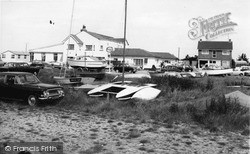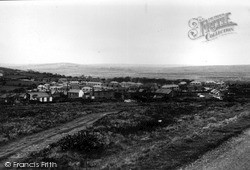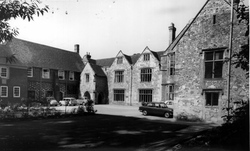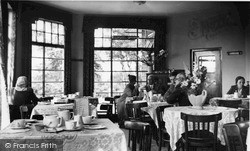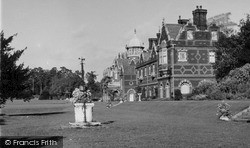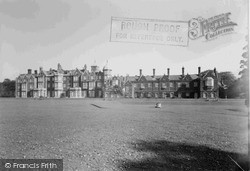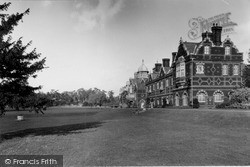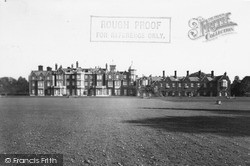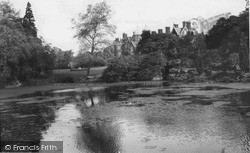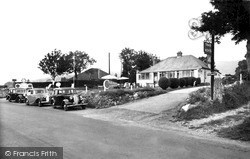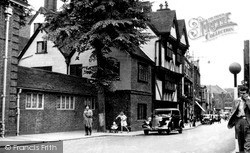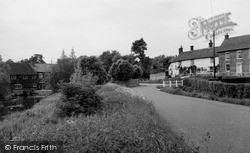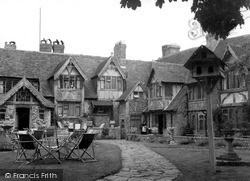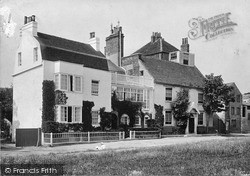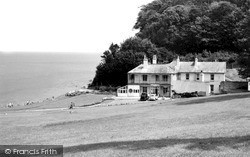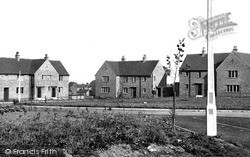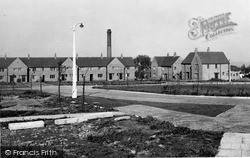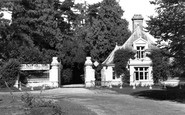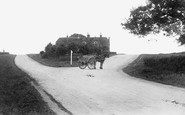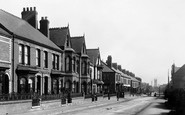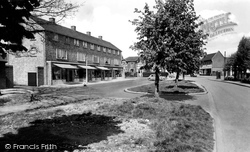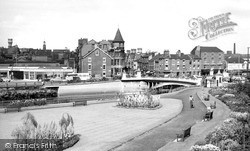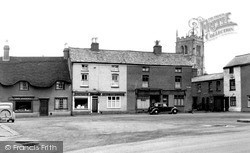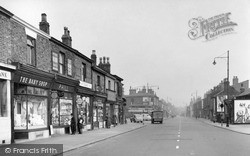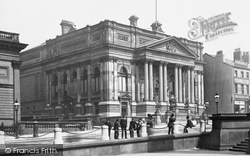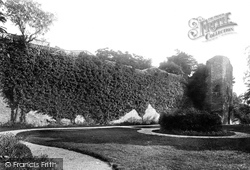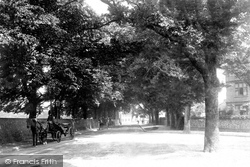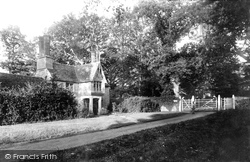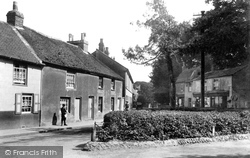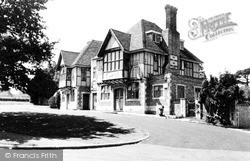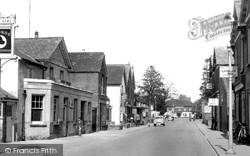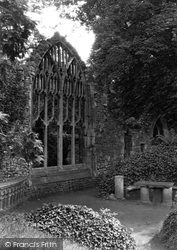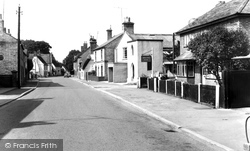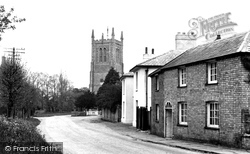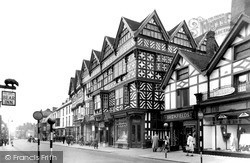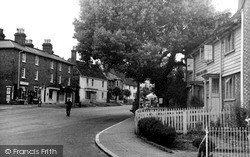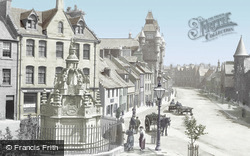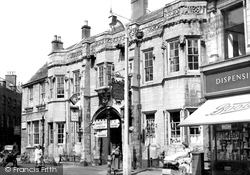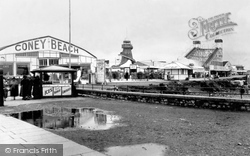Places
36 places found.
Those places high-lighted have photos. All locations may have maps, books and memories.
- Chatsworth House, Derbyshire
- Osborne House, Isle of Wight
- Brambletye House, Sussex
- Ickworth House, Suffolk
- Kingston Lacy House, Dorset
- Boscobel House, Shropshire
- Preshute House, Wiltshire
- Bolton Houses, Lancashire
- Brick Houses, Yorkshire
- Quaking Houses, Durham
- Water Houses, Yorkshire
- Bottom House, Staffordshire
- New House, Kent
- Mite Houses, Cumbria
- Lyneham House, Devon
- Church Houses, Yorkshire
- Dye House, Northumberland
- Spittal Houses, Yorkshire
- Street Houses, Yorkshire
- Tow House, Northumberland
- Halfway House, Shropshire
- Halfway Houses, Kent
- High Houses, Essex
- Flush House, Yorkshire
- White House, Suffolk
- Wood House, Lancashire
- Bank Houses, Lancashire
- Lower House, Cheshire
- Marsh Houses, Lancashire
- Chapel House, Lancashire
- Close House, Durham
- Guard House, Yorkshire
- Hundle Houses, Lincolnshire
- Hundred House, Powys
- Thorley Houses, Hertfordshire
- School House, Dorset
Photos
6,747 photos found. Showing results 5,341 to 5,360.
Maps
370 maps found.
Books
Sorry, no books were found that related to your search.
Memories
10,363 memories found. Showing results 2,671 to 2,680.
A Grandchild Remembers Chapel Le Dale Church
My grandparents lived at Salt Lake Cottages, Ribblehead and as a youngster I visited them and later had a spell living with them. During this time I went to Chapel le Dale church every Sunday, ...Read more
A memory of Chapel-le-Dale in 1969 by
French Kid
I was a french kid like can see and used to come in Hythe to my grand-parents house not very far from here in Hotspur Close. And I have meet a girl that was the grand daughter of Mr Stewart that as own the West Cliff Hall and ...Read more
A memory of Hythe in 1980 by
Waterfoot Is Still My Home After 54 Years.
I was born in 298 Burnley Road East on August 18th 1945. The Nurse who delivered me was Nurse Bowe, who was a good friend of my Gran's (Teresa Whittaker, nee O'Brien). All my Aunties and Uncles were born ...Read more
A memory of Waterfoot by
Salfords School
Started at Salfords School, in Woodhatch Road, lived in Mill House Estate (later named Copsleigh Ave.). Loved Miss Licence, our first year teacher, she was the kindest teacher I have ever Known. The picture of the school is ...Read more
A memory of Salfords in 1949 by
Collins Green Farm
It was in 1958 when I was just 5 years old that my mum, dad, 3 brothers (John, Les and Robert) and younger sister Barbara went to live in Collin Green Farm. For the next 5 years it was absolutely brilliant. I ...Read more
A memory of Collins Green in 1958 by
Postcard Of This View Sent In 1904
l have a postcard of this view which is dated Oct 11th 1904. ln which the sender write's about just moving into a house that is facing one of the houses on the left which had just been recently built and so ...Read more
A memory of Scunthorpe by
North Road
From the 40s until 1964, I used to live at 46 North Road next to the Station Hotel. Our house had a long garden with a stone-pillared gate and 4 steps from the street. I would walk every day up Atherton St, around the 'workhouse' to St ...Read more
A memory of Durham in 1960 by
17 Ceagside Gardens
1960 to 1983. I was born at the QE in October 1960. My parents lived with my grandparents at number 17. My grandparents moved into the house when it was new (built by Leech) in the late 30s. They intended to buy but the war ...Read more
A memory of Lobley Hill in 1963 by
Middle Rainton Part 2
enjoyed a drink (bottled Guinness) at both “The Travellers’” and “The Tavern” almost daily throughout his life. In fact he is still remembered for his love of dominoes. To this day if someone plays double 3, the call ...Read more
A memory of Middle Rainton by
Middle Rainton Part 4
Pathways were made up of compressed dirt, West Street (facing West Rainton), Back Row (facing the Meadow’s Pit), Lewis Street running parallel with Back Row) and Cross Street running parallel with West Street). Krone ...Read more
A memory of Middle Rainton in 1940 by
Your search returned a large number of results. Please try to refine your search further.
Captions
6,914 captions found. Showing results 6,409 to 6,432.
The Causeway development, carried out between 1955 and 1957, created a parade of shops, flats and dwellings on the site of Causeway House, which was finally demolished in 1957.
Across the road, on the corner of Mersey Street, the Packet House Inn hints at the days when packet boats carried passengers along the Mersey to Liverpool.
The Georgian building on the left houses solicitors' offices. (Nick Thomas) Church Lane, viewed from Water Street. This is one of the pleasantest parts of the town.
The 15th-century local granite and limestone church tower of St Peter and St Paul, heavily restored in 1872 by P W Ordish, shows above the houses of quality which bound The Green.
There were pork butchers', egg shops, pawn shops, bric-a-brac and second-hand shops, and of course a public house on nearly every corner.
The Sessions House on William Brown Street is pictured here just three years after it opened. Designed by F & G Holme, its original purpose has now been forgotten.
The castle now houses the town and district museum.
After 1870 Currey produced his second master plan for the areas around the hamlet of Meads, this time for tree-lined streets of villas and houses in grounds that led to this western development being
The drive leads to the Tudor mansion, an E-plan house started in 1577 and set in a Tudor deer park; it was restored to Tudor appearance after Georgian alterations in the last century.
The churchyard is on the right behind the houses and shops; the one on the left has a mansard roof, the one on the right is now a hairdressers - 'Beyond the Fringe'.
Built by Archbishop Warham in the early 16th century, this small manor house, consisting of a three-storey brick tower, a gallery (later turned into cottages), and the single-storey storehouse beyond
Our last view in this chapter before turning north back to Hailsham shows the Horse and Groom pub at the junction of the High Street and the Eastbourne Road, the A22.
The Hen and Chickens, now a Courage house, has a 17th-century timber- framed central section, and all the elevations are now white-painted.
Moving west, the route passes through Merstham, a village of two parts: the older part lies west of the railway, and to its east is a large former London County Council housing estate of the 1950s
Edwin James Trendell, who had presented the Queen Victoria statue to the town to commemorate her 1887 Golden Jubilee, lived in Abbey House, and laid out its grounds, Abbey Gardens, in the 1880s.
A magnificent palm house, lake and conservatory were also part of this lovely park.
In the last forty or so years, very little has changed in the High Street, although the recently built premises of the Midland Bank (right) has now become a private house.
Next door to the church stood the Robin Hood and Little John public house. This was de-licensed in 1948, and is now home to the Taggert Gallery and Tile Museum.
This large, timber-framed house was built around 1595 by the wealthy Dorrington family.
These buildings give a cottagy feel to what is essentially a commercial street, as we can see from the buildings opposite - they house a shop, a pub and the outbuildings of a brewery.
The assassin fired his musket from an upper window in a house belonging to the archbishop of St Andrews, who also appears to have supplied the getaway horse.
The signs have disappeared, and it no longer has any connection with Trust Houses Forte. It has resumed its place as a most important part of Grantham's and England's history.
This a row of typical seaside hotels and boarding houses, and it still looks the same.
The first ride was a figure-of-eight ride, housed in two First World War hangers. There was a bandstand on the green, an outdoor and indoor skating rink, three cinemas and a stage for pierrots.
Places (80)
Photos (6747)
Memories (10363)
Books (0)
Maps (370)



